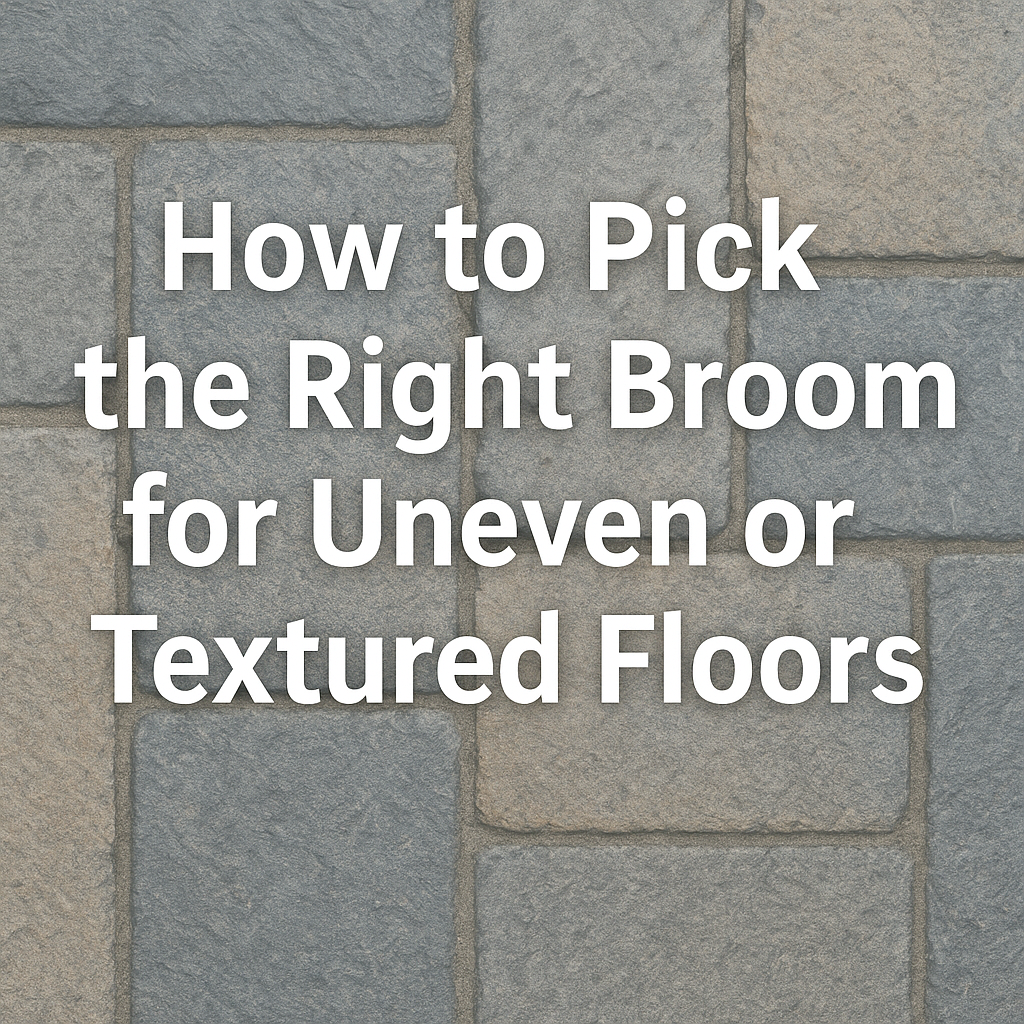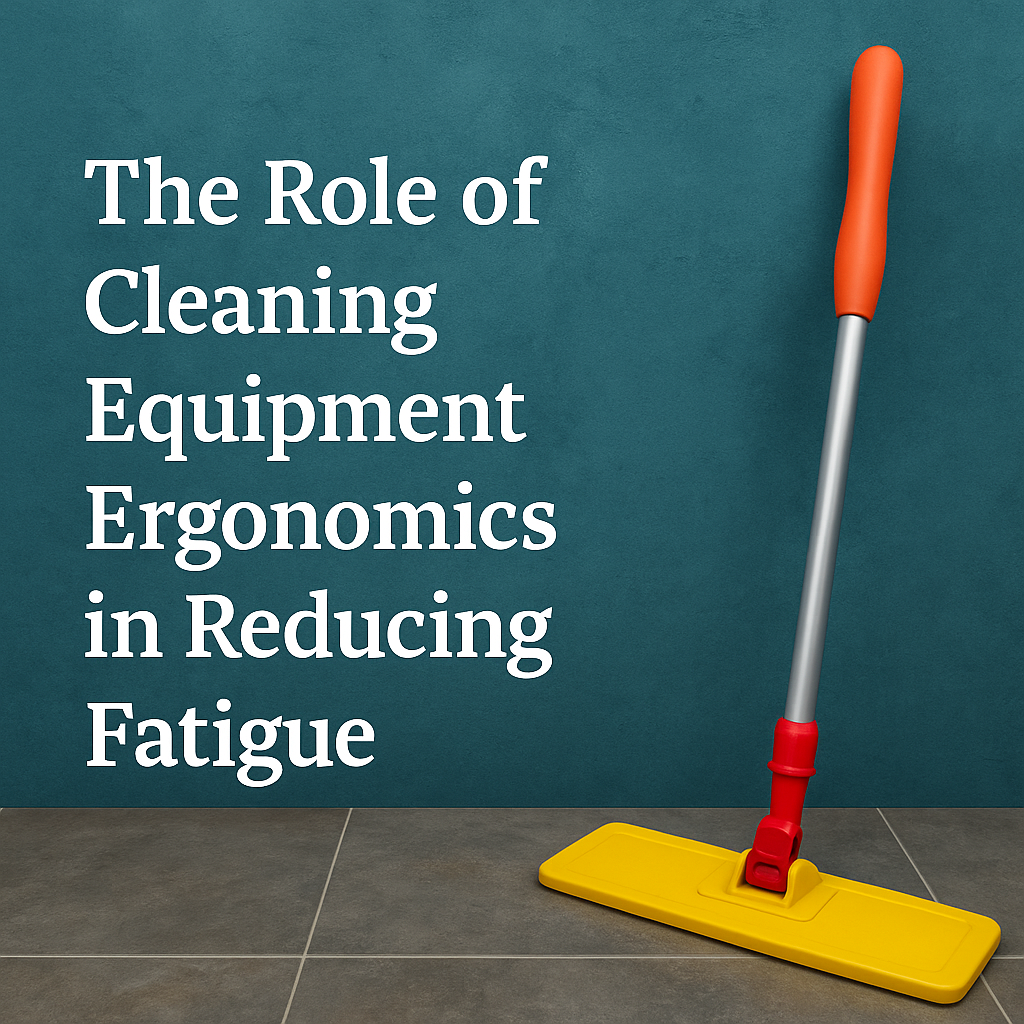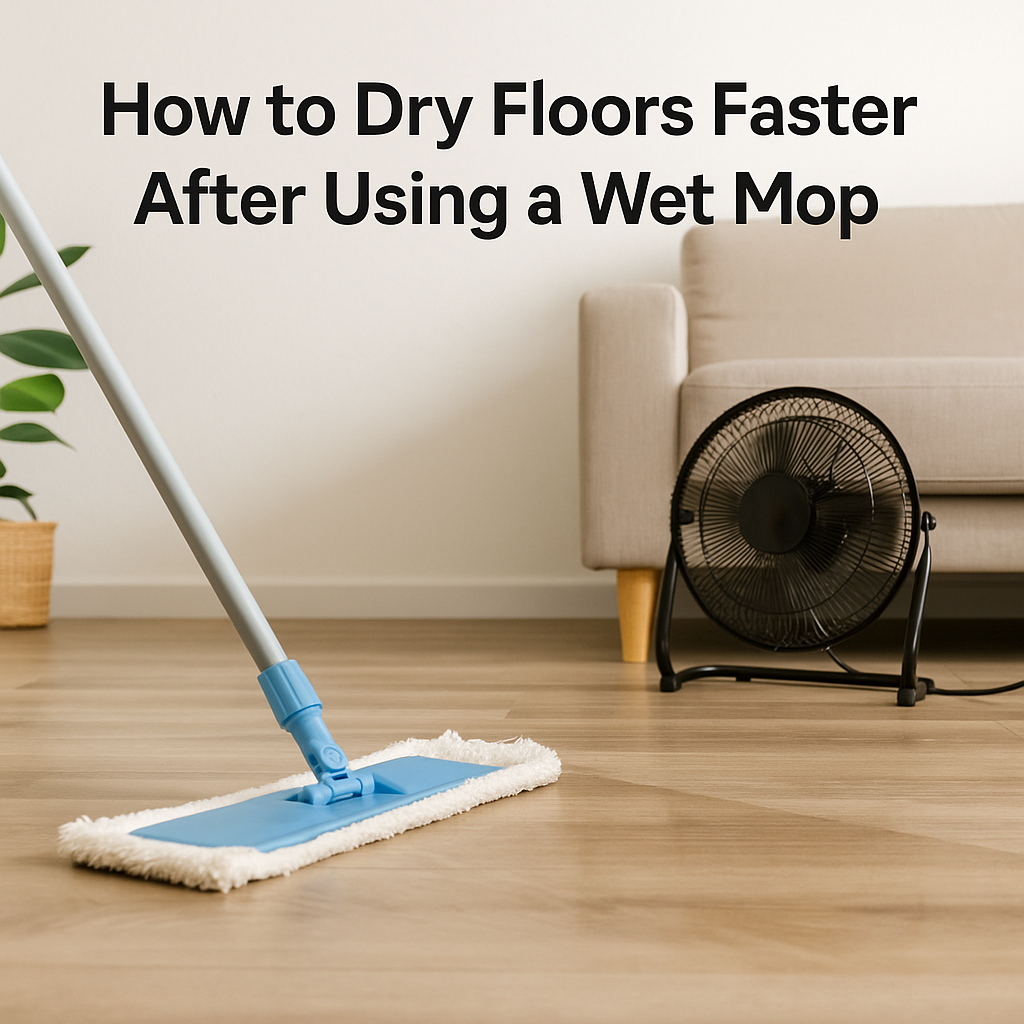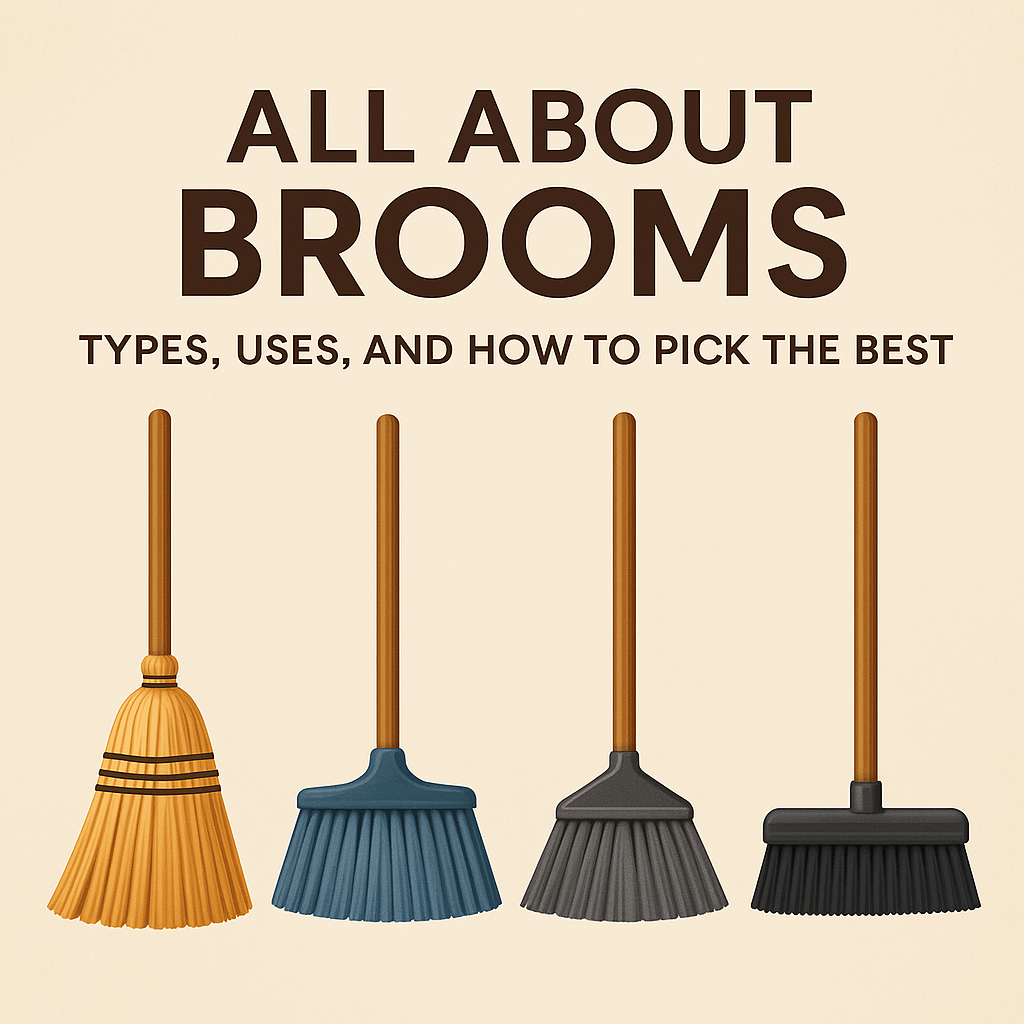Why Uneven Floors Need a Specialized Broom
Uneven or textured floors trap dust, crumbs, and hair inside small ridges and joints. Ordinary brooms cannot reach deep into these spaces, which is why dirt often remains even after cleaning. A broom designed for textured floors has firmer bristles and a shape that follows the surface more closely, allowing it to lift and collect debris properly.
Floors such as natural stone, ceramic tile, or anti-slip concrete all need specific cleaning tools. The right broom will clean faster, reach tight areas, and prevent residue from building up.
How Bristle Type Affects Cleaning Efficiency
The quality of cleaning depends mostly on the type and stiffness of the broom’s bristles.
Soft bristles are best for smooth surfaces because they move light dust and fine particles gently. On rough floors, they bend too much and glide over grooves instead of reaching into them.
Medium or stiff bristles are more effective for textured or uneven floors. They can loosen and lift debris from cracks and grout lines without much effort. A simple test is to press the bristles with your thumb; if they spring back quickly, they are firm enough for rough surfaces.
Natural bristles such as coconut fibres work well for indoor textured floors. Their slightly uneven texture helps capture dirt. Synthetic bristles, such as nylon or PET, resist moisture and last longer. These are better for outdoor areas where the floor may get wet or exposed to weather.
Keeping two separate brooms, one for indoor use and one for outdoor cleaning, helps maintain hygiene and extends the lifespan of both tools.
How the Shape of a Broom Influences Its Performance
The broom’s shape decides how easily it reaches corners and irregular surfaces.
An angled broom has slanted bristles that make it easier to clean edges, under cabinets, and along baseboards. This design allows better control and reduces the need to bend over.
A flared broom has bristles that spread outward slightly at the tips. This increases the cleaning area and helps collect debris from different directions. It works well on rough patios, outdoor tiles, or garage floors.
Holding the broom at a slight angle allows the bristles to follow the texture of the surface more naturally. This method removes dirt that a flat sweep might miss.
Why Handle Length and Material Matter
A comfortable handle improves posture and cleaning precision. The correct broom handle should reach roughly the height of your shoulder. This position keeps your back straight while allowing full sweeping motion.
Wooden handles feel solid but are heavier. Aluminium and plastic handles are lighter and easier to move. A non-slip grip provides control, especially during longer cleaning sessions or outdoor use.
Some brooms now include adjustable handles, allowing you to extend or shorten them depending on where you are cleaning. Small details like handle balance and grip comfort have a noticeable effect on cleaning efficiency.
Which Brooms Work Best Indoors and Outdoors
Different spaces require different broom features.
Indoor textured floors such as patterned tiles or vinyl surfaces collect fine dust and pet hair. A broom with medium-soft synthetic bristles works best for this because it can reach into tiny patterns without leaving scratches.
Outdoor uneven floors such as cement, brick, and rough stone accumulate heavier debris like sand and dry leaves. A heavy-duty broom with stiff bristles is more suitable for these areas. Outdoor brooms also benefit from slightly wider bristle spacing to prevent clogging.
For outdoor cleaning, lightly dampening the floor before sweeping can help trap dust particles and prevent them from spreading.
Why Dustpan Design Affects Cleaning Results
The dustpan often determines whether a floor looks completely clean or still dusty. On textured floors, standard flat dustpans usually leave behind a thin layer of dirt because they do not make full contact with the ground.
A rubber-lipped dustpan adapts to surface irregularities and seals the edge against the floor. This design helps collect all fine debris without repeated attempts.
When sweeping, position the dustpan at a slight angle to guide the dust smoothly inside. This small adjustment improves results instantly.
How to Keep a Broom in Good Condition
Regular maintenance keeps your broom effective. After each use, tap it gently outside to remove hair and trapped dust.
For deeper cleaning:
-
Wash the bristles in warm, soapy water.
-
Rinse thoroughly and let them dry completely before use.
-
Store the broom vertically or hang it from a hook to prevent bending.
Avoid pressing the broom head against walls or floors when storing it. This habit bends the bristles and weakens their structure over time.
What Makes Modern Brooms More Effective
New broom designs focus on improving cleaning performance and durability. Some models include electrostatic bristles that attract fine dust, while others have swivel heads that adjust automatically to uneven surfaces.
A few designs also feature detachable heads, making them easier to wash or replace. These improvements reduce effort and help maintain contact with rough or patterned floors throughout the sweeping motion.
Common Sweeping Mistakes to Avoid
Cleaning textured floors becomes easier when you avoid a few common habits:
-
Using soft indoor brooms on rough outdoor surfaces.
-
Sweeping too quickly, which spreads dust instead of collecting it.
-
Applying too much pressure, which bends and damages bristles.
-
Neglecting to clean the broom regularly.
Sweep slowly, in even strokes, and maintain a consistent angle between the broom and the floor. This approach produces cleaner results with less physical effort.
Helpful Tips for Better Sweeping Results
-
Lightly spray water on outdoor floors before sweeping to control dust.
-
Sweep diagonally to reach dirt from multiple directions.
-
Use a dry broom first to remove large debris, then a damp broom for finer dust.
-
Replace your broom when bristles start to split or lose shape.
-
Keep different brooms for kitchens, outdoors, and general spaces to prevent spreading dirt between areas.
These habits create faster and cleaner outcomes on all types of textured surfaces.
Final Thoughts
The best broom for uneven or textured floors has firm bristles, an angled or flared head, and a handle that feels balanced in your hands. It should match the floor type and cleaning environment.
Using the right broom saves time, improves hygiene, and gives visibly cleaner results. Once you find the right fit, sweeping becomes easier and more efficient.
At Zidello, you can find reliable home cleaning tools made for every surface. Our range includes heavy-duty outdoor brooms, flexible indoor sweepers, and adjustable handles designed for daily use.
Explore our collection and choose a broom that makes every cleaning session effortless.
FAQs
1. What type of broom works best for uneven or textured floors?
Brooms with medium to stiff bristles work best for uneven or textured floors. They can reach into grooves and cracks where soft bristles usually glide over the surface.
2. Can I use a soft broom on rough floors?
Soft brooms are not suitable for rough or textured floors. They bend too easily and fail to lift trapped dust or debris. A stiff broom gives better cleaning results on uneven surfaces.
3. What is the difference between indoor and outdoor brooms?
Indoor brooms usually have softer synthetic bristles for collecting fine dust and hair. Outdoor brooms have harder, thicker bristles made to move heavier debris like sand or leaves across rougher surfaces.
4. How often should I clean or replace my broom?
Clean your broom once a week by tapping it outdoors or washing it with mild soap and water. Replace it every six to twelve months, or sooner if the bristles become bent or worn.
5. Why does my broom leave small dust lines after sweeping?
A flat dustpan often leaves a thin dust line because it doesn’t touch the floor properly. Use a rubber-lipped dustpan that seals against the surface so no debris is left behind.








